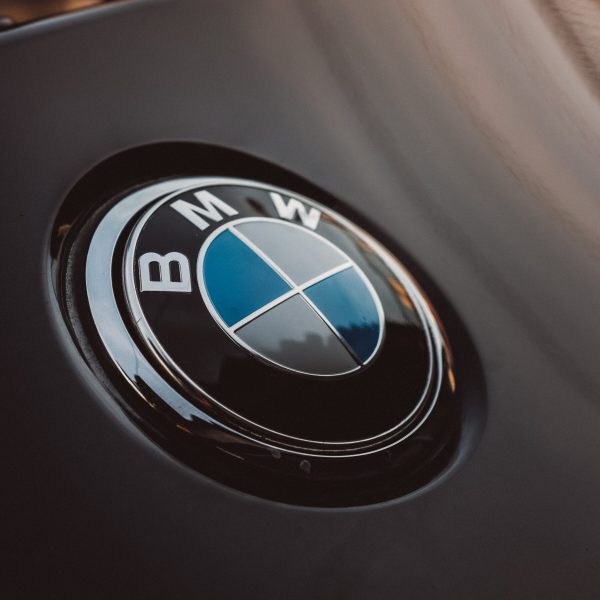Replacement of EngINE TIMING BELT
Replacing the timing belt in your prestige auto is a necessary service that all vehicles require during their lifetime. Putting a timing belt service off or ignoring the warning signs of a faulty timing belt can lead to catastrophic consequences and irreparable damage to your much loved car’s engine.
Book Now
Why Replace Your Timing Belt?
An engine’s timing belt is a rubber belt which works to maintain the synchronicity of the reciprocating parts and requires replacement within the manufactures designated intervals. Failure to comply with these intervals can result in major engine damage by means of piston to valve contact. This contact, even very slight contact, will almost always bend the engine valves stems, and in a worst case scenario it will damage or punch a hole in the piston crown.
If the valve stems are bent, it will mean the cylinder head will need to be removed to gain access, reconditioned and re-assembled with new gaskets and seals. If the piston crowns are damaged beyond repair a full engine rebuild will be required.
Engine specific locking tool sets are required for each engine to lock the camshafts and the crankshafts into their correct positions. Once these positions have been established, the timing belt replacement procedure begins, maintaining the exact factory settings for engine timing. At Pace Auto Werks we have invested seriously in building our timing tool sets to cover all the models we service, so there will be no delays with your timing belt replacement.


Why Choose Pace Auto Werks?
At Pace Auto Werks we have invested seriously in building our timing tool sets to cover all the models we service for maximum efficiency, so there will be no delays with your belt replacement.
Pace Auto Werks insists on adhering to these intervals and will only use quality OEM or genuine replacements for removed components for this procedure, being the toothed belt, the belt tensioner roller and the idler roller, and usually water pump and auxiliary drive belt, regardless of their condition at that time.
For example, Audi requires that these components are replaced every 4 years or 90,000 kilometres, whichever comes first with no exceptions. Due to the difficult proximity of the auxiliary drive belt, which needs to be removed to replace the timing belt components, we will almost always replace this as part of the procedure.
The cost to perform this procedure varies from make to make and model to model due to engine type and associated labour costs, but is available upon request with all the vehicle details including the chassis number.
prestige vehicles We Service
Happy Customers
Frequently Asked questions
How Does A Timing Belt Work?
The timing belt is a rubber belt with teeth to interlock with the cogwheels of the crankshaft and the camshafts to synchronise movement between them. This ensures the intake and exhaust valves open and close in time with the pistons. If the crankshaft and camshafts aren’t operating in unison, your vehicle will not run correctly. It should also be noted that if your car’s timing belt breaks, your vehicle will not operate at all.
How Long Does A Timing Belt Replacement Take?
The time it takes to replace a timing belt can vary depending on the make and model of your vehicle. The placement of the timing belt within your vehicle’s engine differs, but generally speaking a standard timing belt procedure will take between 2.5 – 3 hours to complete.
What Are The Signs My Timing Belt Is Due For Replacement?
Vehicles run by timing belts all have serviceable intervals recommended by the manufacturer. For Volkswagen vehicles, the standard interval is usually every 105,000 kilometres or 7 years, whichever comes first. For Audi vehicles, the recommended interval is every 90,000 kilometres or 4 years. It is advised you look into the recommended service intervals for your particular make and model.
Timing belts can fail without warning – the following may be indicators that it’s time to get your timing belt replaced:
- Decreased engine power
- Trouble starting the vehicle
- Squealing or rubbing noises from the belts
- Ticking noise coming from engine
- Check engine light
What Is The Difference Between A Timing Belt and A Timing Chain?
A timing belt and timing chain are both essential components of your vehicle’s internal combustion engine, playing a part in controlling the crankshaft and camshafts, in turn ensuring the engine valves open and close at the right time. The main difference between the two lies in the material they’re constructed from, timing belts are a rubber composite, while timing chains are made of metal.





